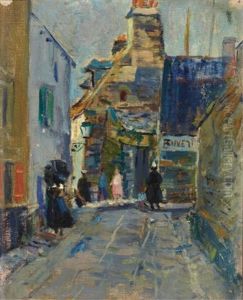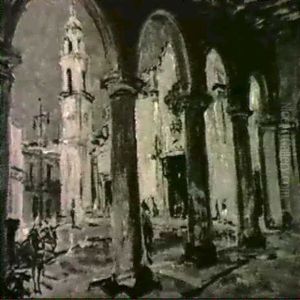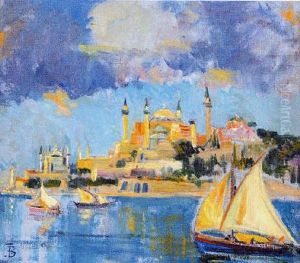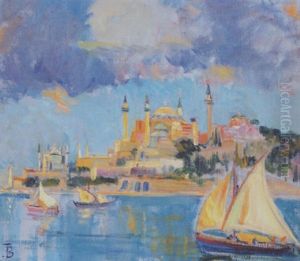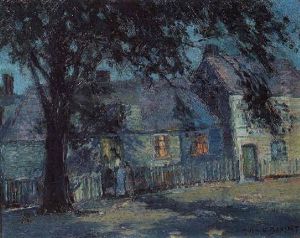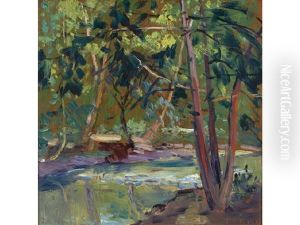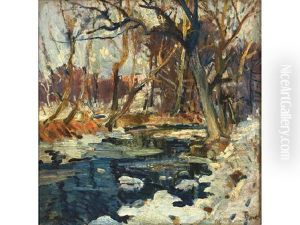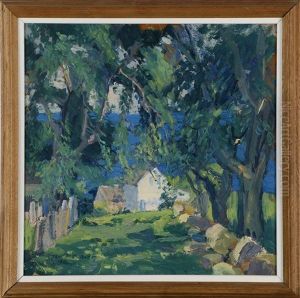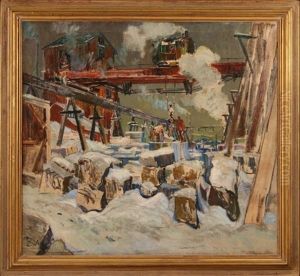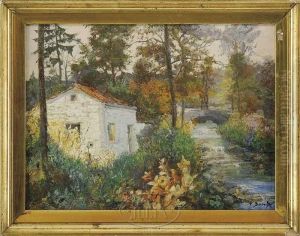Thomas P. Barnett Paintings
Thomas P. Barnett, born in 1870, was an influential American architect and painter who made significant contributions to the architectural landscape of the early 20th century. He hailed from a family deeply rooted in the architectural world, as the son of George I. Barnett, a prominent St. Louis architect. This environment nurtured his talent and passion for architecture from a young age. Thomas P. Barnett's education and early career were marked by his studies at the Art Institute of Chicago and later in Paris at the Académie Julian, where he honed his skills in both architecture and painting, blending these disciplines in his professional work.
Barnett's architectural style was characterized by its eclectic approach, incorporating Beaux-Arts principles with a keen appreciation for classical and Renaissance elements. This fusion resulted in buildings that were not only aesthetically pleasing but also functionally innovative for their time. In 1895, he took a pivotal role in his family's firm, Barnett, Haynes & Barnett, where he was instrumental in designing notable buildings, many of which were in St. Louis, including the Cathedral Basilica of Saint Louis, a masterpiece that combined religious architecture with modern construction techniques and artistic detailing.
Beyond his architectural endeavors, Barnett was also recognized for his talents as a painter. His artworks were celebrated for their beauty and precision, often reflecting themes and scenes inspired by his travels and architectural interests. His dual talents in both painting and architecture allowed him a unique perspective in each field, enabling him to create comprehensive designs that integrated the building's architecture with its decorative elements seamlessly.
Thomas P. Barnett's legacy extends beyond his contributions to architecture and art. He was a key figure in the City Beautiful movement, advocating for urban planning that emphasized beauty, civic virtue, and harmony. His vision for urban development significantly influenced the architectural and urban planning principles of his time, leaving a lasting impact on the cityscapes he helped shape. Barnett's death in 1929 marked the end of a prolific career, but his works continue to be celebrated for their innovation, beauty, and influence on American architecture and urban planning.
